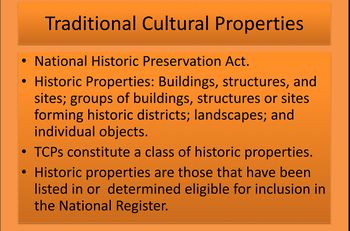Portal:GCDAMP Tribal Perspectives
From Glen Canyon Dam AMP
Revision as of 17:43, 29 July 2016 by Cellsworth (Talk | contribs)
- Native American Perspectives -NPS Links
- POLICY: Executive Order 13007 states that a federal agency shall accommodate access to and ceremonial use of Indian sacred sites by Indian religious practitioners and that the federal agency shall avoid adversely affecting the physical integrity of such sacred sites.
- There are 29 (DOI recognized) Indian tribes along the Colorado River who have substantial interests and senior priorities for its water.News Article: Anne Castle
TRIBAL CONNECTIONS TO GCNP and/or GCNRA
-The following tribes, all traditionally associate with Grand Canyon National Park and/or Glen Canyon National Recreation Area:
- "^" indicates AMP Members (See also NPS CFMP-EA_pg 123)
- Havasupai Tribe
- Hopi Tribe ^
- Hualapai Tribe ^
- Kaibab Band of Paiute Indians & Paiute Indian Tribe of Utah = Southern Paiute Consortium ^
- Las Vegas Paiute Tribe
- Moapa Band of Paiute Indians
- Navajo Nation ^
- Pueblo of Zuni^
- San Juan Southern Paiute Tribe
- Ute Mountain Ute Tribe
- Yavapai-Apache Nation
PERSPECTIVES
- Taking of life (Fish or other) in the Colorado River, with some areas (LCR confluence) being especially sensitive from the tribal perspective. (NPS-CFMPEA_pg 124)
- NEPA and Silencing of Native American Worldview Final 01April2013_Kurt Dongoski
- Land boundary concerns: Some interpretations of federal law hold that the Grand Canyon National Park boundary is at the high water mark of the river. Others hold that it stretches above the rim of the canyon. The issue has never been settled in court.
- Question: Are there some areas along the Colorado River that are considered "off-limits" to non-Indians? Answer: Yes.

